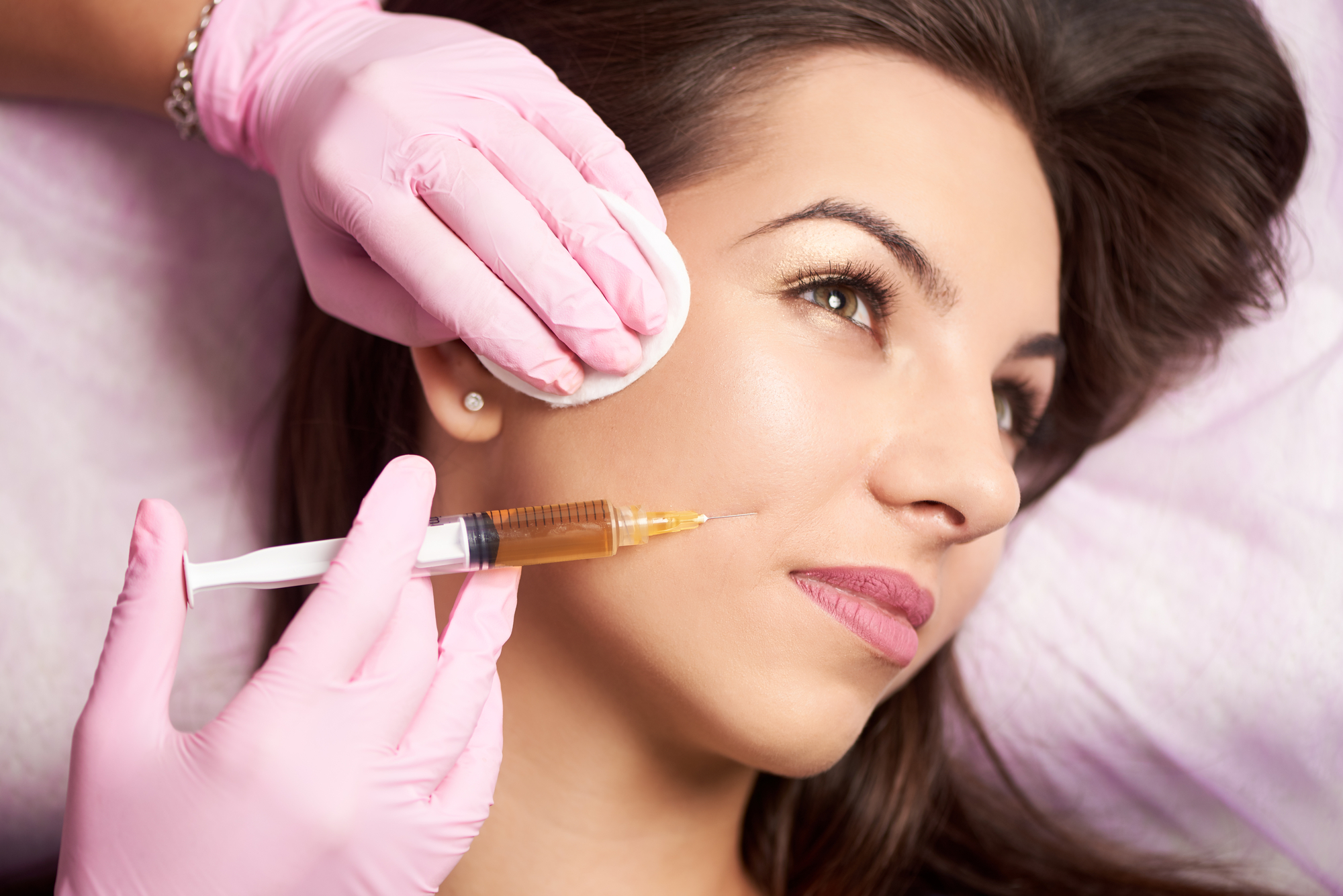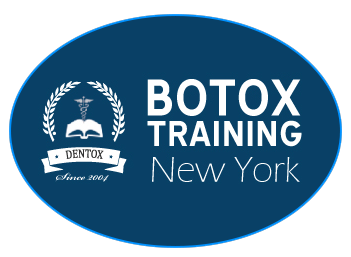
Dermal fillers, such as cheek fillers, inject a substance into the skin to plump it up and reduce the appearance of wrinkles.
Recently, aesthetic alterations have become more popular as people want to seem younger. Due to their ability to restore volume, sculpt facial features, and lessen aging symptoms, cheek fillers are becoming more popular among aesthetic procedures. However, improper filler use can cause pillow faces and chipmunk cheeks. This comprehensive guide explains cheek fillers, cheek augmentation, and how to avoid pillow faces and chipmunk cheeks.
The Increasing Trend of Cheek Enhancement
Many people seek out medical aesthetic procedures that improve their facial features in an attempt to look younger. Dermal fillers are frequently used to augment cheekbones, and this trend is growing in popularity. This trend might be attributed to the preference for a more natural look with subtle improvements and the rejuvenation of facial volume that may diminish with age.
An Overview of How Cheek Fillers Operate
Dermal fillers, such as cheek fillers, give volume to the skin and minimize the look of wrinkles by injecting a substance into the skin. Hyaluronic acid fills are the most popular filler to make the cheeks bigger. The hyaluronic acid in these injected fillers works like the body’s own to hydrate, firm, and give the skin a natural look.
A trained expert carefully puts filler in areas such as the cheekbones, tear troughs, and nasolabial folds to restore facial volume. The goal is to achieve facial proportions that accentuate a person’s aesthetic features and blend in with their bone structure.
Prepare for the Cheek Filler Procedure
Preparation is vital to cheek filler success. Patients should schedule a consultation with their preferred experts before their procedure. The expert will evaluate the patient’s facial anatomy, review the intended results, and create a procedure plan during this session.
You must reveal any allergies, medications, or medical issues during this appointment. It is advised to be adequately hydrated because it affects the effectiveness of filler procedures. The risk of bruising can also be reduced by abstaining from blood thinners and alcohol in the days before the procedure.

During this session, the expert will observe the patient’s face, discuss the desired outcomes, and plan the procedure.
Frequent Top-Ups and Upkeep
The ideal look of cheek filler procedures may require frequent top-ups, as they are not everlasting. The type of filler utilized, a person’s metabolism, and lifestyle choices all affect how frequently top-ups are necessary. It is essential to adhere to the upkeep suggestions provided by the expert to avoid filler buildup and preserve a natural-looking result. People should be honest with their experts about any worries regarding the filler’s lifespan and how happy they are with the result. To guarantee ongoing satisfaction, adjustments might be made to the procedure.
Causes and Effects of Cheek Filler Overuse
Overfilling can look unnatural and excessive. This may cause swelling of the cheeks, which would be upsetting for the person. Unrealistic expectations and untrained experts are two possible reasons for excessive cheek fillers.
To prevent overuse of cheek fillers, it is advisable to seek guidance from knowledgeable and competent experts. Experts with a deep understanding of facial anatomy and an acute sense of aesthetics can achieve results that enhance natural beauty while maintaining facial harmony.
Ways to Recognize Pillow Face and Chipmunk Cheeks
The unwanted effects of excessive cheek filler are referred to as pillow faces and chipmunk cheeks. Those contemplating or getting cheek filler procedures must understand these results. A bloated look, a loss of natural contours, and an abnormal elevation of the cheeks are indications of overuse of fillers.
People should be upfront with their experts, share their aesthetic preferences, and ensure reasonable expectations to prevent these problems. Skilled experts will put the client’s natural look first, adding subtle improvements suitable for their facial features.
How to Prevent Pillow Face and Chipmunk Cheeks
- Select a Trained and Skilled Expert
To prevent pillow faces and chipmunk cheeks, select trained medical experts with dermal filler injection experience. Skilled experts who comprehend the proportions, facial anatomy, and proper dosage of filler required to achieve natural-looking results. They can tailor procedures to tackle wrinkles, lines, and facial volume loss to achieve a harmonious and well-balanced improvement.
An expert will create a customized procedure plan to help you get the desired results. To get safe but natural-looking results, think about investing in higher-quality options.
- Communicate Your Results Openly
The expert and the patient must communicate clearly to avoid being misled and get the desired results. Patients should be honest about their aesthetic objectives and stress the need for a natural-looking result. By working together, medical experts may accommodate patients’ preferences and address concerns such as wrinkles, lines, and loss of facial volume while maintaining a balanced look on your face.
- Explore Various Procedures and Mixtures
Instead of relying only on dermal fillers, people may consider exploring alternative procedures and mixtures that solve particular issues. Botox, facial fillers, and anti-wrinkle injections can all be utilized to rejuvenate the face thoroughly. Use a holistic approach for selecting several aesthetic procedures rather than depending on only one kind or quantity of filler.
- Evaluate and Modify Procedure Plans Frequently
To prevent pillow faces and chipmunk cheeks over the long term, procedure plans that are continuously evaluated and adjusted are necessary. Regular follow-ups with the expert allow them to evaluate the results, resolve issues, and make any required corrections. This proactive approach prevents excess filler from building up over time, and the amount of filler utilized matches the patient’s aesthetic preferences.


